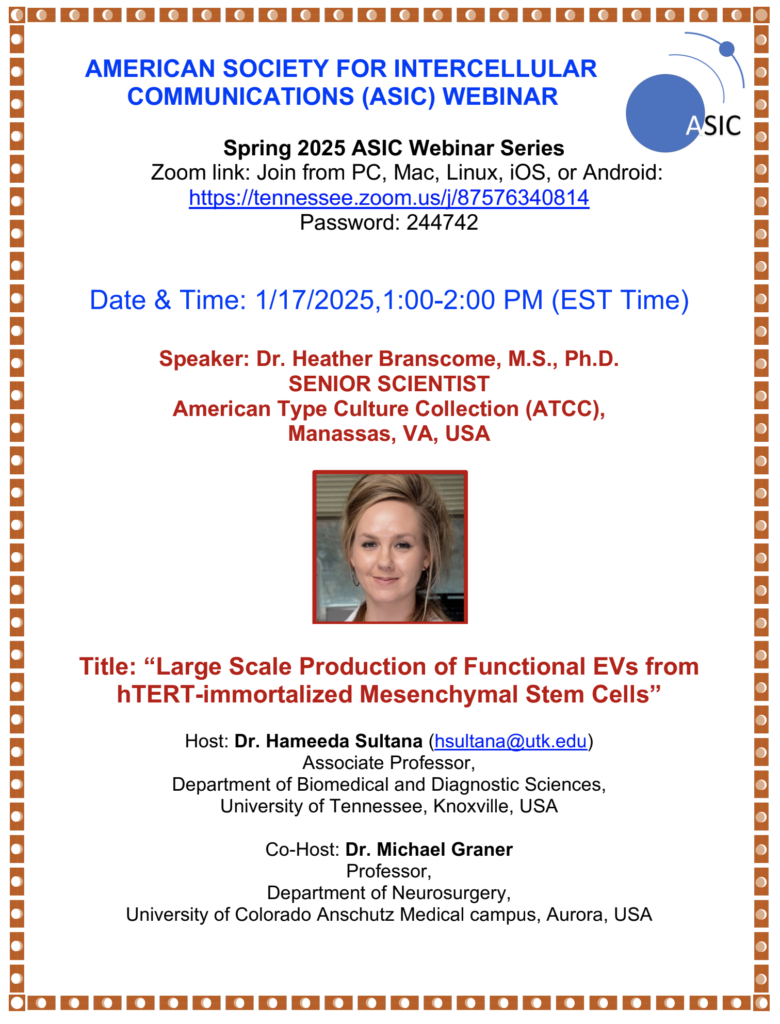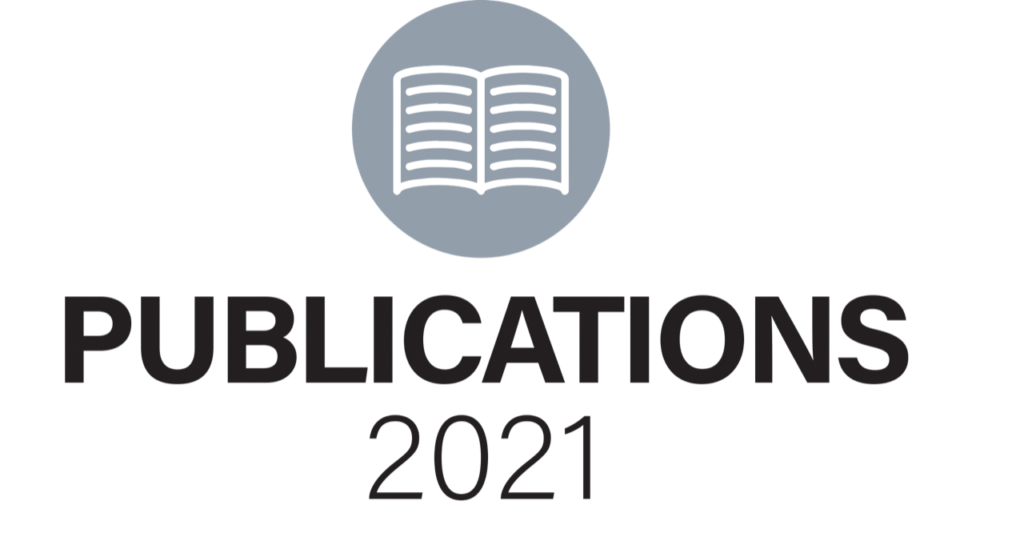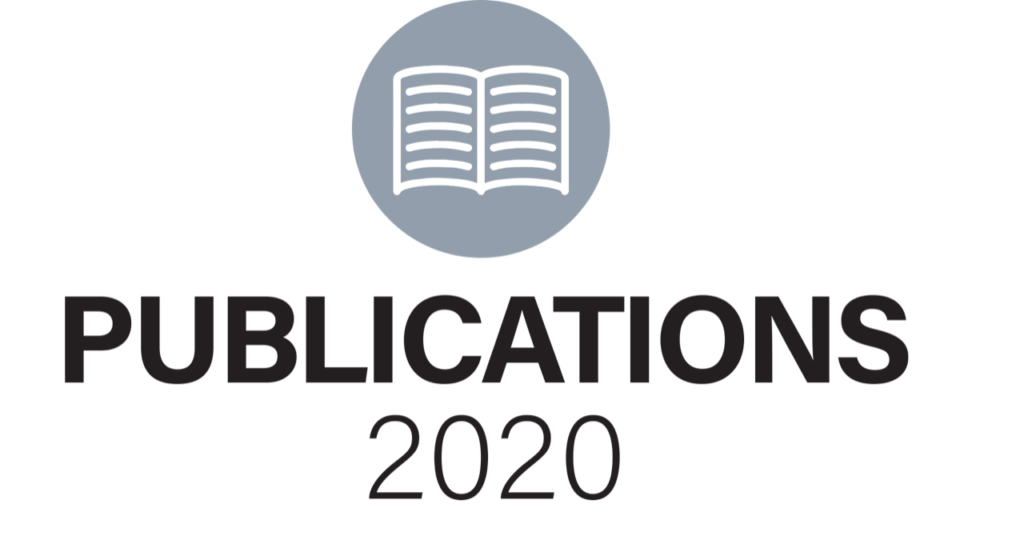ASIC Monthy Webinar
Every month we hold a webinar featuring one of our members. This hour-long event highlights the latest research, mostly unpublished, in intercellular communication.

ASIC Member’s Recent Publications




Every month we hold a webinar featuring one of our members. This hour-long event highlights the latest research, mostly unpublished, in intercellular communication.




